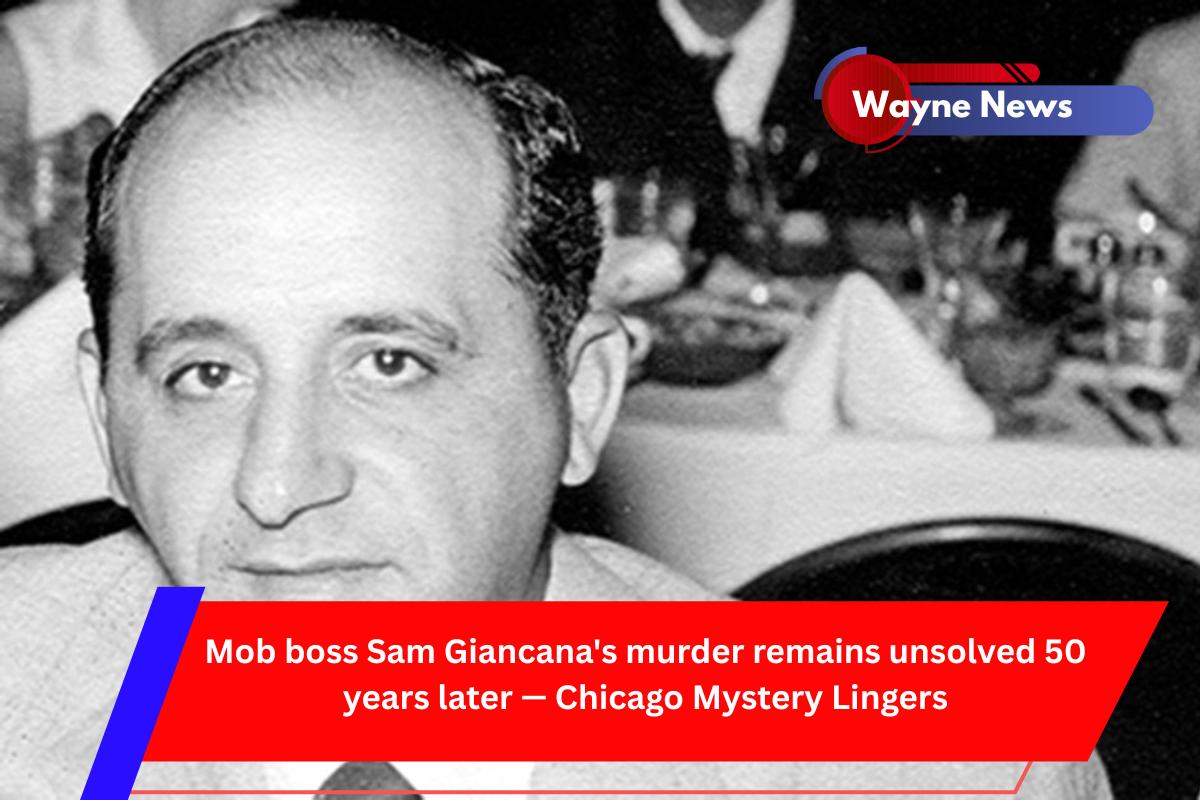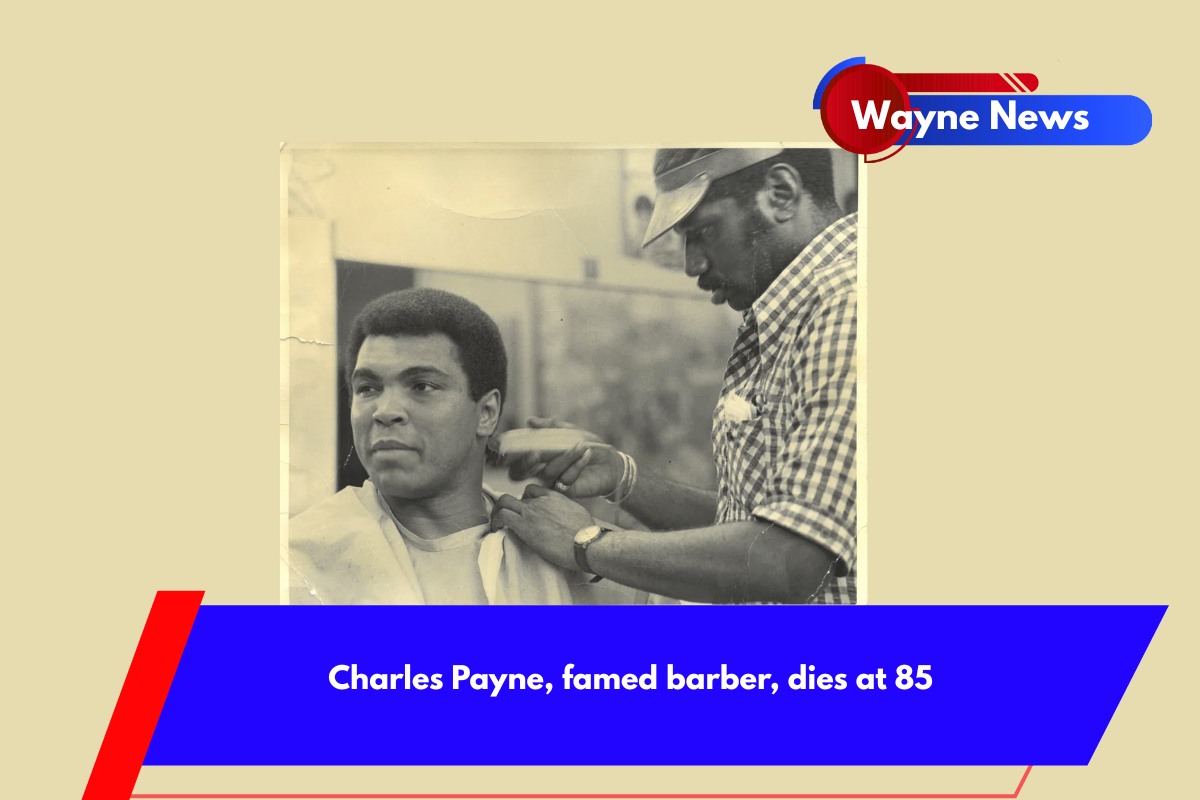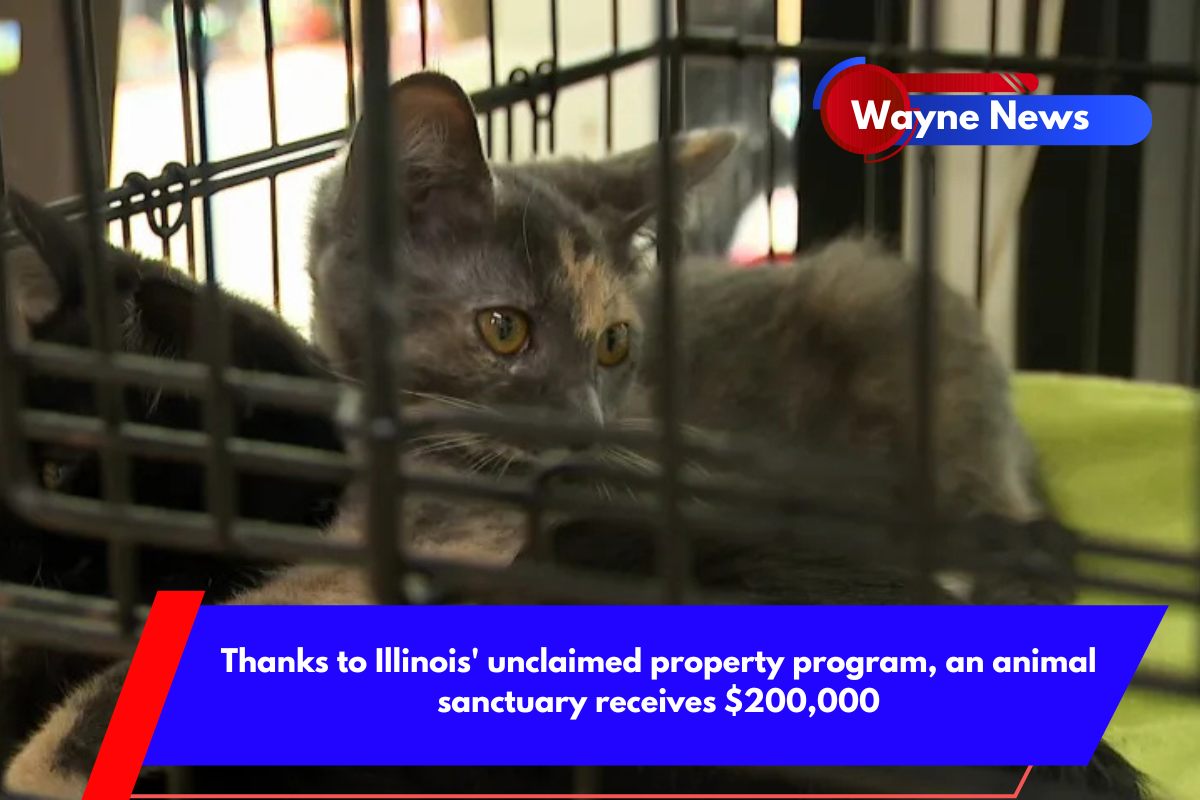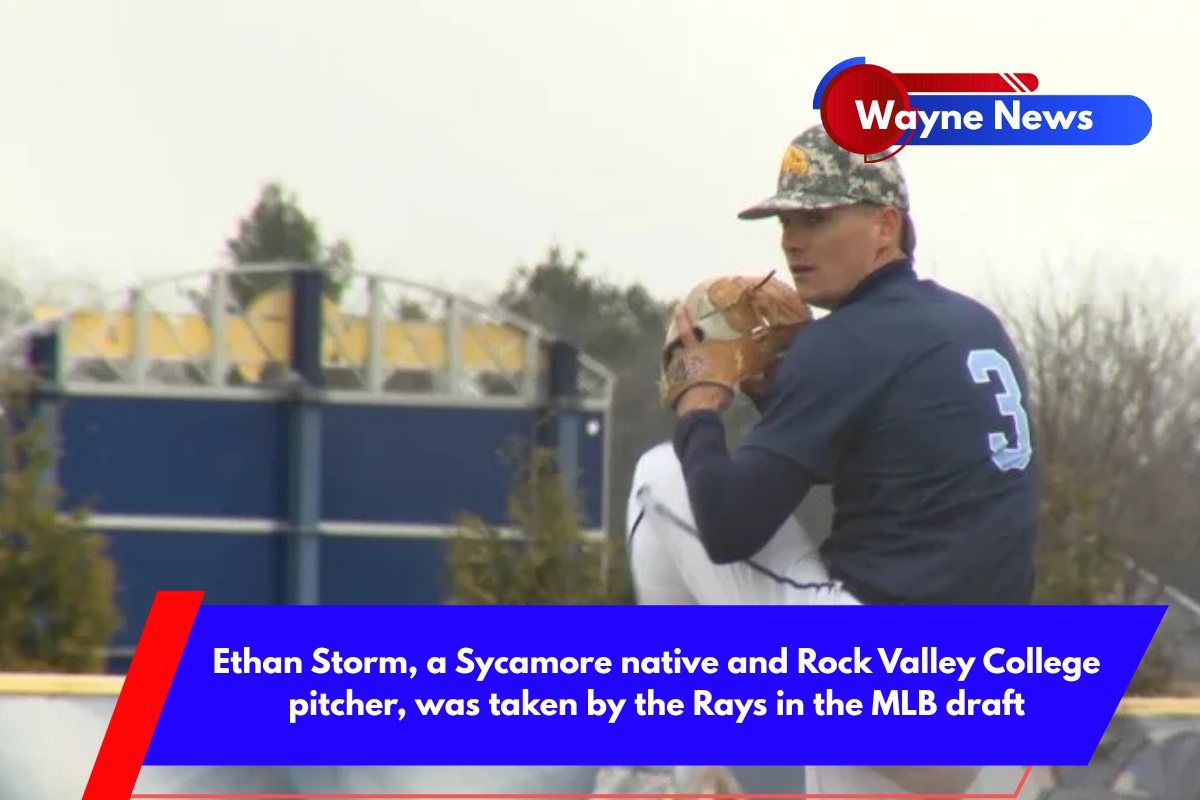CHICAGO – On a quiet summer night in 1975, Sam “Momo” Giancana, one of Chicago’s most notorious mob bosses, was gunned down in his Oak Park basement. Today, half a century later, his murder remains a chilling unsolved case, a bloody capstone to the city’s long, complicated history with organized crime.
A Late-Night Killing That Shocked the City
On June 20, 1975, just after 1 a.m., police arrived at 1147 S. Wenonah Avenue in Oak Park to investigate a grisly crime scene.
Giancana, 67, was discovered face-up in a pool of blood on his basement kitchen floor, with six.22-caliber bullet wounds in his head and neck. Nothing was stolen, and a money clip containing over $1,400 remained in his pocket.
Police believe he was preparing a late-night snack of sausage, escarole, and ceci beans before being ambushed. Investigators arrived while the food in the frying pan was still warm.
Who Killed Momo? Theories Abound
Giancana, the former boss of the Chicago Outfit, had recently returned from Mexico after serving time in prison. He was scheduled to testify before the Church Committee, a US Senate investigation into CIA ties to organized crime, particularly plots to assassinate Cuban leader Fidel Castro.
Many believe Giancana’s silence was enforced permanently by his own criminal associates, who were afraid of what he might say under oath. Others believe that international forces were involved, seeking vengeance for his cooperation with US intelligence agencies.
An Elaborately Altered Murder Weapon
The murder weapon was later discovered by workers in nearby River Forest. It was a high standard.22-caliber Dura-Matic pistol, heavily modified with a silencer and 42 barrel holes for stealth — a sign of professional execution.
Despite the discovery, no one has been charged in connection with the killing.
A Violent Legacy and an Open Case
Giancana, nicknamed “Momo” (short for “Mooney” or “madman”), had a lengthy criminal record and a reputation for violence. He rose from a street gang known as “The 42s” to become a mob heavyweight with significant influence in gambling, politics, and even international espionage.
His 1975 murder ended a chapter in Chicago’s mob history, but it also left a trail of unanswered questions for law enforcement.
A Lasting Fascination with the Mob Era
Giancana’s murder continues to be discussed in books, documentaries, and history classes. His life and death represent the perilous intersections of organized crime, government agencies, and Cold War-era paranoia.
“He looked like some Italian immigrant landing at Ellis Island — destitute and frail,” FBI agent William Roemer once said upon Giancana’s return from Mexico.








